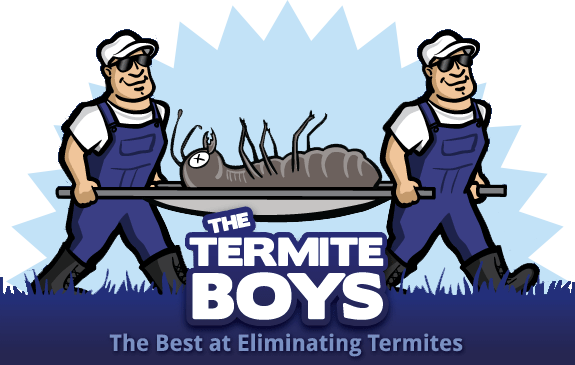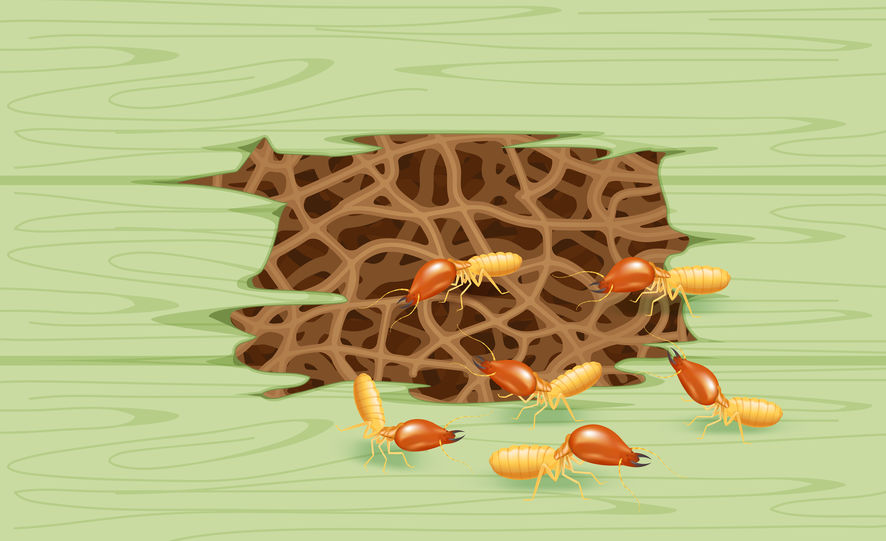A few thousand termite species have been documented worldwide, and most of these species belong to one of three groups known as subterranean, drywood and dampwood termites. There are around 60 termite species in the US, 13 of which are known for frequently establishing damaging infestations within the structural wood of homes and buildings. A few species of dampwood termites occasionally establish minor infestations in excessively damp structural wood, and drywood termites are known for infesting decorative wood like siding, as well as movable wooden items, particularly furniture.
While drywood termites are economically costly pests in the southernmost states, subterranean termites infest as many as 600,000 US homes annually, making them far more destructive than their drywood counterparts. With the exception of the invasive Formosan subterranean termite that devastates timber-framed structures along the Gulf Coast, all subterranean termite species in the US are native to North America. The eastern subterranean termite (Reticulitermes flavipes) is the most economically costly termite pest in the country, and it’s the only species of termite pest found in Massachusetts.
Like ant species, and all social species of both bees and wasps, all termite species are social organisms that live in colonies that disperse to new areas by means of annual mating swarms. Most of the 20,000 to around three million individual workers, soldiers, and reproductives inhabiting mature subterranean termite colonies are never seen by humans due to their concealed habitat within moist ground soil, and only the most heavily infested lumber components show signs of termite damage. Only the reproductive swarmers (alates) can be seen by humans during mating season, which occurs between the months of April and June in Massachusetts.
Homeowners are often under the impression that swarming termite alates are capable of causing structural damage, but in reality, alates are very weak flyers that usually fail to travel distances more than a city block. While alates themselves will not damage structural wood, their presence within homes clearly indicates that an infestation has been established, and in such cases, an inspection should be conducted by a licensed pest control professional. The weather must be sunny with a temperature of at least 64 degrees in order for alates to emerge from colonies. Swarms usually emerge several hours or one day after a bout of spring rainfall. Of the hundreds, or thousands of alates within a swarm, research shows that all but three percent of them will die before getting a chance to mate, but even these specimens may perish before their first eggs hatch. Most alates die from dehydration or are consumed by birds, rodents, and other arthropod prey.
Have you ever found signs of a subterranean termite presence on your property?

